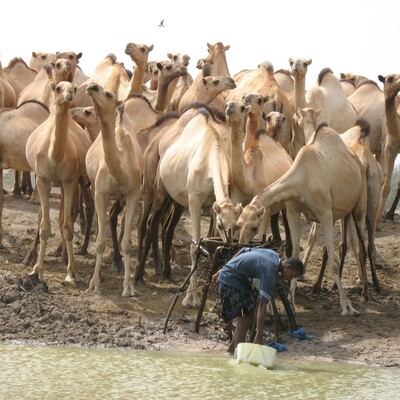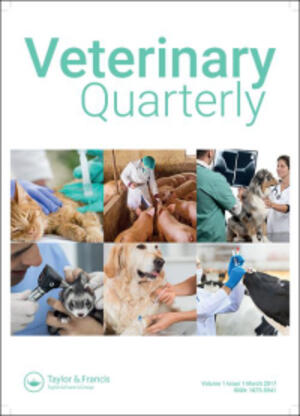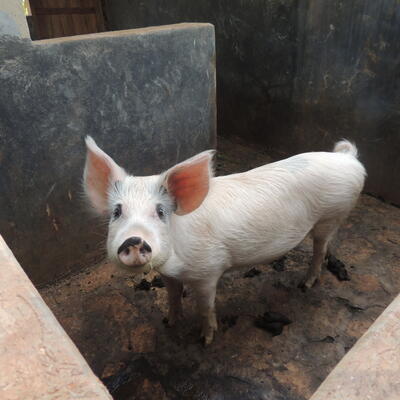
Improved vaccines for the control of East Coast fever in cattle in Africa
The project goal is to design subunit vaccines for the control of East Coast fever.
Due to high mortality and morbidity rates livestock diseases are an impediment to the livelihoods of poor farmers in Africa, who struggle to attain food and nutritional and economic security. Vaccines can alleviate such constraints as they are among the most successful disease interventions invented. The goal of this project is to increase cattle productivity through the development of improved vaccines for the control of East Coast fever.
East Coast fever caused by the protozoan parasite Theileria parva ranks first in tick-borne disease constraints of cattle in sub-Saharan Africa and kills one animal every 30 seconds. It has a devastating impact on pastoralists and smallholder farmers because it can kill within 3-4 weeks of infection. East Coast fever is present in 11 countries where roughly 28 million cattle are at risk, but has the potential to spread with the uncontrolled movement of infected cattle as the distribution of the tick vector and suitable tick habitats is wider than that of the parasite. Over one million cattle die of East Coast fever each year resulting in annual losses exceeding USD 300 million.
The project goal is to design subunit vaccines for the control of East Coast fever. In phase 1, the project will undertake a range of key strategic activities in the research to product development continuum to improve aspects of the current sub-optimal live infection-and-treatment method East Coast fever vaccine, fill knowledge gaps regarding the qualitative and quantitative aspects of acquired immune responses that mediate immunity to East Coast fever and test the vaccine potential of candidate vaccine antigens and develop a more detailed antigen map.
Outputs from this phase will contribute in the short-term to production of a better quality live vaccine as an interim vaccine solution and provide proof-of-concept for an East Coast fever subunit vaccine aimed at obtaining evidence of protection in 70-80% of animals of defined histocompatibility complex (MHC) genotype given a homologous parasite challenge. Success in phase 1 will contribute to our goal of developing a broad-spectrum subunit vaccine for the control of East Coast fever (phase 2).
Objectives
- Improve aspects of the current live infection-and treatment-method East Coast fever vaccine.
- Induce antibody-based immunity by targeting the sporozoite stage of the parasite.
- Induce T-cell mediated immunity by targeting the schizont stage of the parasite.
- Apply evolutionary and comparative pathogen genomics to East Coast fever vaccinology.
- Test if a combined antibody and T-cell mediated immune response is more efficacious than either one alone.




















